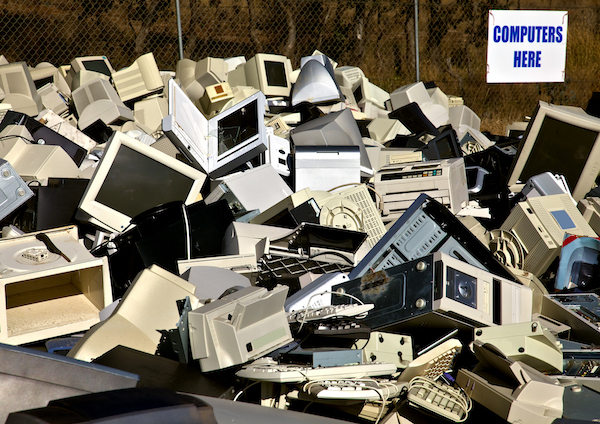Some digital asset managers are having an identity crisis: should we be completists or discerning collectors? Can we be both?
Why this should matter to us
As storage costs continue to drop we are encouraged to store everything. To keep up, companies will need to invest more and more money to manage this digital content. Born-digital content is also growing at an exponential rate and is set to outpace our storage capacity, increasing the risk of digital content loss. The effort to manage and index such a large and quickly growing collection of assets, many with diminishing value, may make you think twice about keeping all of it in perpetuity. There are some questionable assets being generated, too: duplicates, mistakes, technical glitches, and lossy conversions produce assets that may be disposed of right away should you want to avoid irrelevant results or slow response times from your DAM system. To put too fine a point on it: we must think about what assets need to be kept, for how long, and what should be discarded.
Introducing Collection Management
Collection development involves the accession and deaccession of our digital assets. Put simply, this means choosing what assets to manage, the ones that are in scope, and which ones are to be excluded, with the goal of creating a “lean-and-mean” asset library valuable and useful to your users.
Are you suggesting we delete assets!?
Some of you may react strongly to the idea of excluding or deleting anything: isn’t this anathema to digital preservation? Sure, arbitrarily choosing random assets to delete is, but that’s not what I am suggesting here. I am arguing for smart asset retention. If you can’t explain why, for example, you are keeping a gazillion images of your CEO in silly costumes, you have a problem. Or why those assets sitting on Pat’s computer desktop, yes, the ones downloaded from Google without rights metadata, have been uploaded into the DAMS, you’ve got some explaining to do. For archivists and librarians alike, collection management is a familiar concept and should be at forefront of every digital asset manager’s mind, wether we “weed” or retain all content.
Another pitch for information governance
For collection development to succeed there needs to be a policy, also known as a retention policy, drawn up by your governance committee and then ratified by stakeholders. It should define, as specifically as possible, the asset types that get stored and managed, how long they are kept, and what gets tossed, such as duplicate, ephemeral, or low value assets. The committee should review this policy regularly and make any necessary changes, adding new asset types or judging whether different criteria should be introduced to help curate the best possible collection of digital content for your users.
What is your collection management strategy?
References:
Gantz, J., & Reinsel, D. (2010, May). The Digital Universe Decade – Are You Ready? Retrieved from https://www.emc.com/collateral/analyst-reports/idc-digital-universe-are-you-ready.pdf
Pogrebivsky, S. (2014, June 2). Organizing Your Content Means Cleaning Out the Junk. Retrieved October 8, 2014, from http://www.cmswire.com/cms/information-management/organizing-your-content-means-cleaning-out-the-junk–025384.php
Rose, P. (2013, May). Secrets of the Stacks. Retrieved October 8, 2014, from https://medium.com/@fsgbooks/secrets-of-the-stacks–4ca8405f1e11





Leave a comment